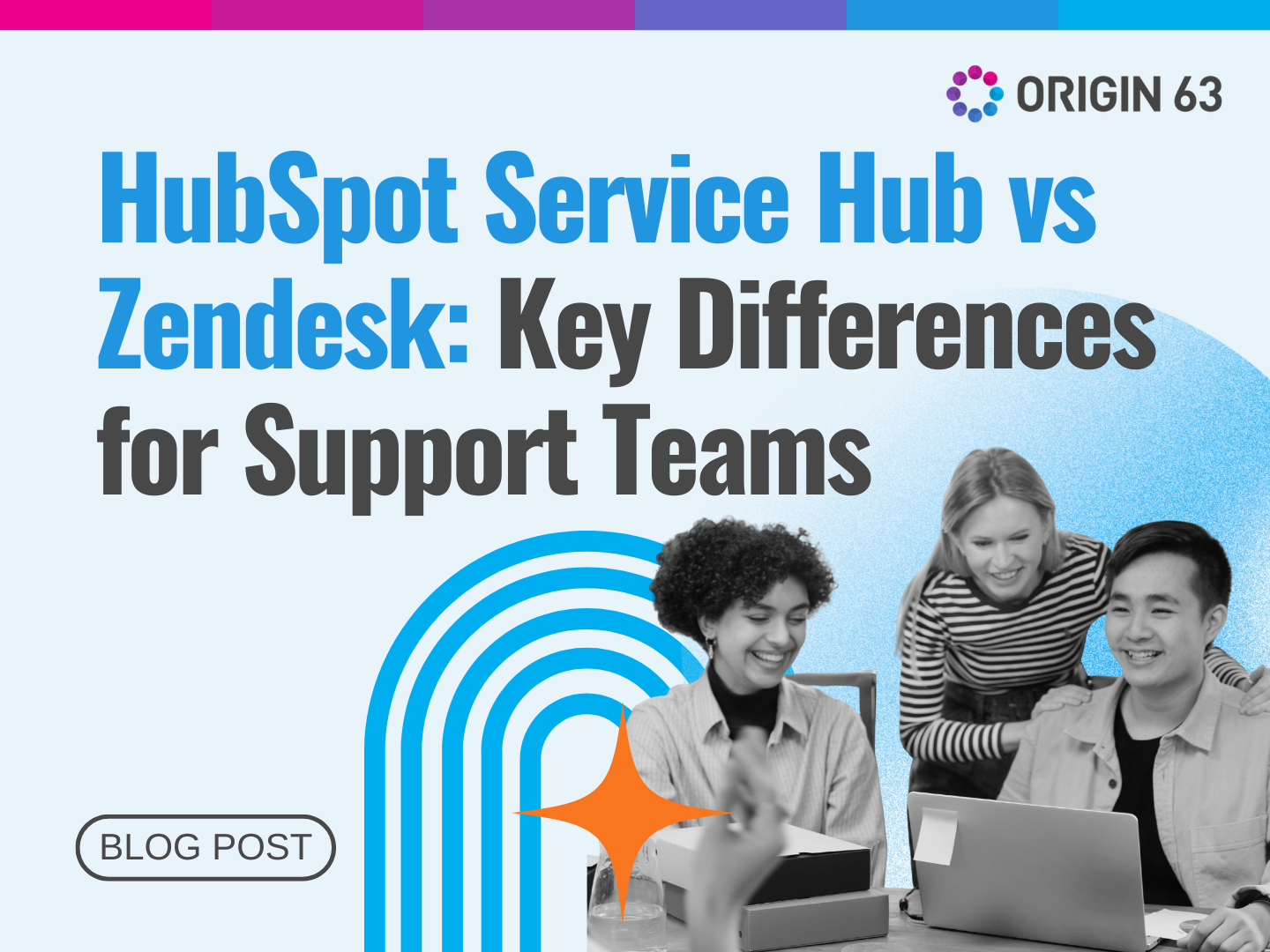Collaboration between teams and clients should feel seamless. But when the tools each party uses don’t align, something as simple as sharing a file can become a source of friction.
This was the case with one service client working primarily in Microsoft, while Origin 63 used Google Drive for internal documentation.
When document access became a recurring blocker in meetings, the strategic consulting team knew they needed a better system. What followed was a practical workaround that eased collaboration and led to quicker feedback.
The Challenge: Difficult Access and Document Confusion
The client, using Microsoft tools, regularly experienced trouble accessing shared Google Drive files. They often lost access or had to request permissions via personal email addresses, which slowed down progress. Instead of smooth collaboration, the result was:
- Files passed back and forth as static attachments.
- Delays in responses and difficulty keeping documents current.
- Repeated interruptions in meetings to explain where and how to edit files.
Even when clients did gain access, multi-tabbed Google Sheets introduced confusion. Despite walkthroughs and assigned action items, it wasn’t always clear which tab to use or which input was required.
This slowed down the client’s ability to engage with documents and provide the feedback needed.
The team needed a new approach that gave the client reliable, direct access to live documents, simplified the layout and presentation of shared content, reduced confusion and increased the speed of collaboration.
How Origin 63 Solved the Problem with a Tailored Sharing Approach
Rather than force tools that didn’t work for the client, Origin 63 met them where they were. The team mirrored shared documents to the client's Microsoft SharePoint workspace.
This gave the client direct access to files in a familiar environment, eliminating the need for permissions or back-and-forth attachments.
Mirroring Files to SharePoint
Important documents, including the Program Organizer and agendas, were uploaded to SharePoint instead of Google Drive.
The client could now open and edit files without needing to request access, change accounts, or switch platforms. This single shift removed one of the biggest barriers to efficient collaboration: access.
Creating Simpler, Single-Purpose Files
Another challenge was the format of the shared documents. Origin 63 typically used one file with multiple tabs for different topics. While this worked internally, it proved confusing for the client.
To simplify the experience, the team separated the tabs into individual files—one document per topic. This reduced overwhelm and gave the client a clearer view of where to focus. Each file had a single purpose, and the structure was easier to follow.
Balancing Ideal Setup with Client Needs
While this solution wasn’t as centralized or streamlined as the team's typical setup, it solved a recurring problem. The client no longer got lost in tabs or delayed by access issues.
Collaboration improved, and the client provided faster, more accurate feedback—exactly what the team needed to keep the project moving.
Why This Approach Worked
This wasn’t a technically complex solution—but it was a human one. Rather than holding onto a preferred setup, the team adapted to the client’s habits and tools. That flexibility paid off.
- Fewer Access Issues: SharePoint access aligned with the client’s internal system.
- Clearer Collaboration: One file per topic meant fewer questions and less confusion.
- Faster Feedback: The client responded more quickly and with more accuracy.
Sometimes, the best solution isn’t the most elegant one—it’s the one that actually works for the people involved.
The Results: Less Friction, More Flow
Once files were moved to SharePoint and simplified, collaboration flowed more naturally. The client was able to:
- Access everything directly.
- Focus on one file at a time.
- Provide timely, detailed responses that kept the project on track.
The consulting team also benefited, with fewer support requests and clearer conversations in meetings.
A Practical Adjustment That Changed the Collaboration Dynamic
Sometimes, the simplest changes make the biggest difference. This case wasn’t about building new systems—it was about identifying where friction existed and choosing to address it directly.
The team mirrored documents to SharePoint, giving the client access within their own system, and broke down complex, multi-tabbed files into individual documents that were easier to navigate.
These changes made it easier for the client to engage, respond, and collaborate, ultimately leading to faster feedback and a more productive working relationship.
Ready to Remove Friction from Your Client Collaboration?
Whether your clients use Google, Microsoft, or something else entirely, Origin 63 can help you build workflows that make collaboration feel easy and efficient.














.png?width=90&height=90&name=Arrows%20Partner%20Badge-test%20(1).png)

